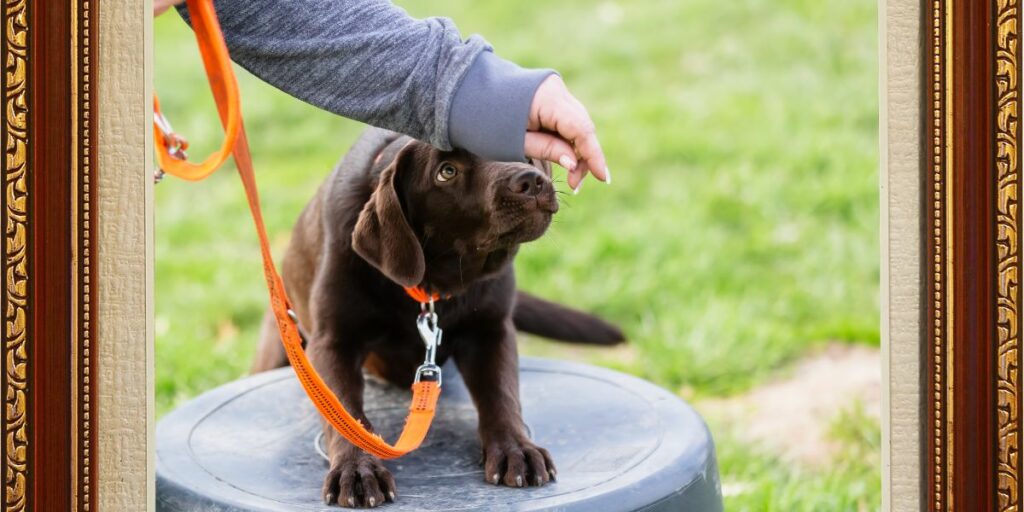Bringing a new furry friend into your house is an exciting and heartwarming experience. And
you probably have dreamt about those lovely, calm morning walks with your puppy.
Unfortunately, those calm morning walks turned out to be a disaster. Well, we understand
you and we are here to help you with puppy leash training.
Training your puppy to walk on a leash involves much more than just keeping them from
pulling or running loose, it is an essential part of their development.
So, in this article, we
will discuss everything you need to know about puppy leash training so that you can turn
those chaotic walks into calm strolls with your puppy.
Why Is Leash Training Important?
Leash training is crucial for the well-being and safety of your puppy. Not only does it provide a means of control and ensure their safety in outdoor environments, but it also plays a significant role in their socialization and overall development.
Through leash training, your puppy learns to interact appropriately with other animals and people, improving their social skills and confidence. Additionally, leash training offers an opportunity for exercise, mental stimulation, and bonding between you and your furry companion.
By patiently and consistently introducing your puppy to leash training using positive reinforcement techniques, you can establish a strong foundation for a lifetime of enjoyable walks and adventures together.

How to Leash Train a Puppy in 5 Easy Steps?
Before we get into the details of how to leash train your puppy, there are a few things you need
to keep in mind. To ensure you do not overstress your pup, take your time. Choose a calm
environment with as few distractions as possible once you begin leash training.
Moreover, you will require three essential things for leash training: a leash, a harness or collar,
and your puppy’s favourite treat. Now that we have all that covered, let’s get into the actual
procedure. Below, we have provided a detailed guideline on how to leash train your puppy in 5
easy steps.
- Introduce the leash: Start by introducing your puppy to the leash in a positive and calm environment. Allow them to sniff and investigate the leash while giving them treats and praise. This helps create a positive association with the leash.
- Attach the leash: Once your puppy is comfortable with the leash, attach it to their collar or harness. Let them drag the leash around in a safe and enclosed space while you supervise. This helps them get used to having something attached to them.
- Walk indoors: Begin by walking your puppy indoors with the leash on. Use treats or a favourite toy to motivate them to walk alongside you. Start with short distances and gradually increase the duration of the walks. Remember to use positive reinforcement, praise, and rewards for good behaviour.
- Transition to outdoor walks: Once your puppy is comfortable walking indoors, it’s time to transition to outdoor walks. Choose a quiet and less distracting area for their first few outdoor walks. Allow them to explore independently while gently guiding them with the leash. Again, use positive reinforcement and rewards for desired behaviours.
- Practice and consistency: Consistency is key when leash training a puppy. Set aside dedicated time each day for leash training sessions. Gradually introduce more distractions and challenging environments as your puppy becomes more comfortable and responsive to the leash. Remember always to use positive reinforcement and avoid harsh corrections.
Conclusions
You need to remember throughout the process that puppies are naturally fascinated by
everything. Even though you might be eager to take your puppy for a walk immediately, leash
training takes time.
Not only that, but you will need the correct equipment, a few fundamental
obedience commands, and most importantly, plenty of patience and positive reinforcement.
In a nutshell, be patient and praise your adorable pup throughout everything. With the help of
the aforementioned tips and a persistent effort, together you can build a greater bond with
each other, and then, every day can be a walk in the park (pun intended).
You May Also Like





